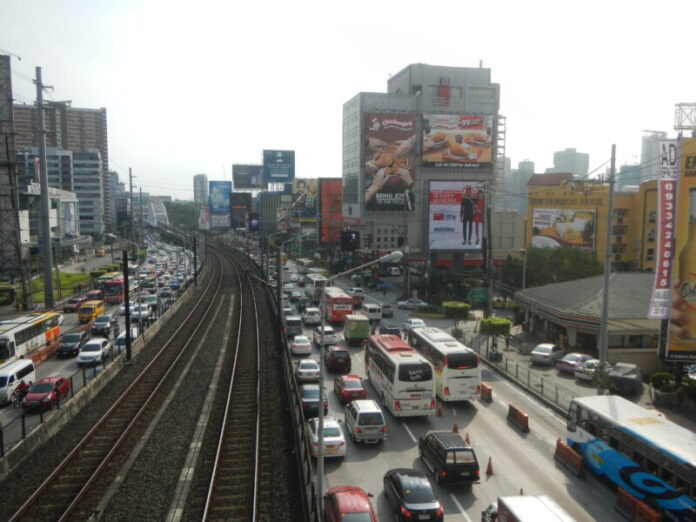-
The expansion and improvement of the country’s transportation system is embodied in the recently signed Philippine Development Plan (PDP) 2023-2028
-
DOTr said several strategies, including the development of active transport infrastructure, establishing mass transportation systems, and strengthening the nautical highway and developing logistics infrastructure, will be implemented
-
The new PDP was approved by the National Economic and Development Authority Board on December 16
The expansion and improvement of the country’s transportation system to make it safe, convenient, accessible, modern and efficient is part in the recently signed Philippine Development Plan (PDP) 2023-2028, according to the Department of Transportation (DOTr).
The DOTr in a statement said the plan calls for the implementation of several strategies, including the development of active transport infrastructure, such as segregated lanes, bike-only roads, shade trees, showers, widened sidewalks, and at-grade pedestrian crossings.
Focus is also on establishing mass transportation systems, such as railways, bus rapid transit, and ferries, while requiring high levels of service, universal accessibility, gender inclusivity, sustainability, seamless intermodal transfers, last mile connectivity, and an interoperable national automated fare collection system.
Other key strategies include strengthening the nautical highway by expanding seaports to accommodate more and larger roll-on/roll-off vessels and by developing logistics infrastructure such as cold chain facilities to support agriculture and trade, as well as the upgrading of existing airports and building new ones—with an emphasis on safety, levels of service, promotion of tourism, and future-proofing.
The new PDP was approved by the National Economic and Development Authority (NEDA) Board, chaired by President Ferdinand Marcos Jr., on December 16.
The PDP is the country’s blueprint for socioeconomic development over the medium term crafted at the beginning of each new administration.
Socioeconomic Planning Secretary Arsenio Balisacan earlier said in the next six years, the overall goal is to reinvigorate job creation and accelerate poverty reduction by steering the economy back to its high-growth path.
The PDP comprises 16 chapters covering the social and production sectors, as well as institutions and the environment as the elements of an enabling landscape.
The plan lays out corresponding strategies including policies, programs, and legislative priorities that are needed to achieve identified socioeconomic targets. Through a whole-of-society and whole-of-government process, the PDP was crafted from the inputs of various stakeholders as well as those of sectoral experts.
The PDP also features six cross-cutting strategies which will facilitate economic and social transformation. These are: the digitalization of the economy and government; improvement of the local and global connectivity of Philippine markets; servicification or the building of service-sector ecosystems around manufacturing clusters; building a dynamic innovation system; public-private partnerships (PPPs); and strong collaboration between the local and national government in light of the devolution of critical social services.
Following the NEDA Board’s approval, a draft executive order has been submitted to the Office of the President, mandating all government agencies to align their respective programs, projects, and activities with the PDP 2023-2028.
The final approved copy of the PDP 2023-2028 has yet to be released as of press time.
RELATED READ: PH bringing transport system up to global standards





